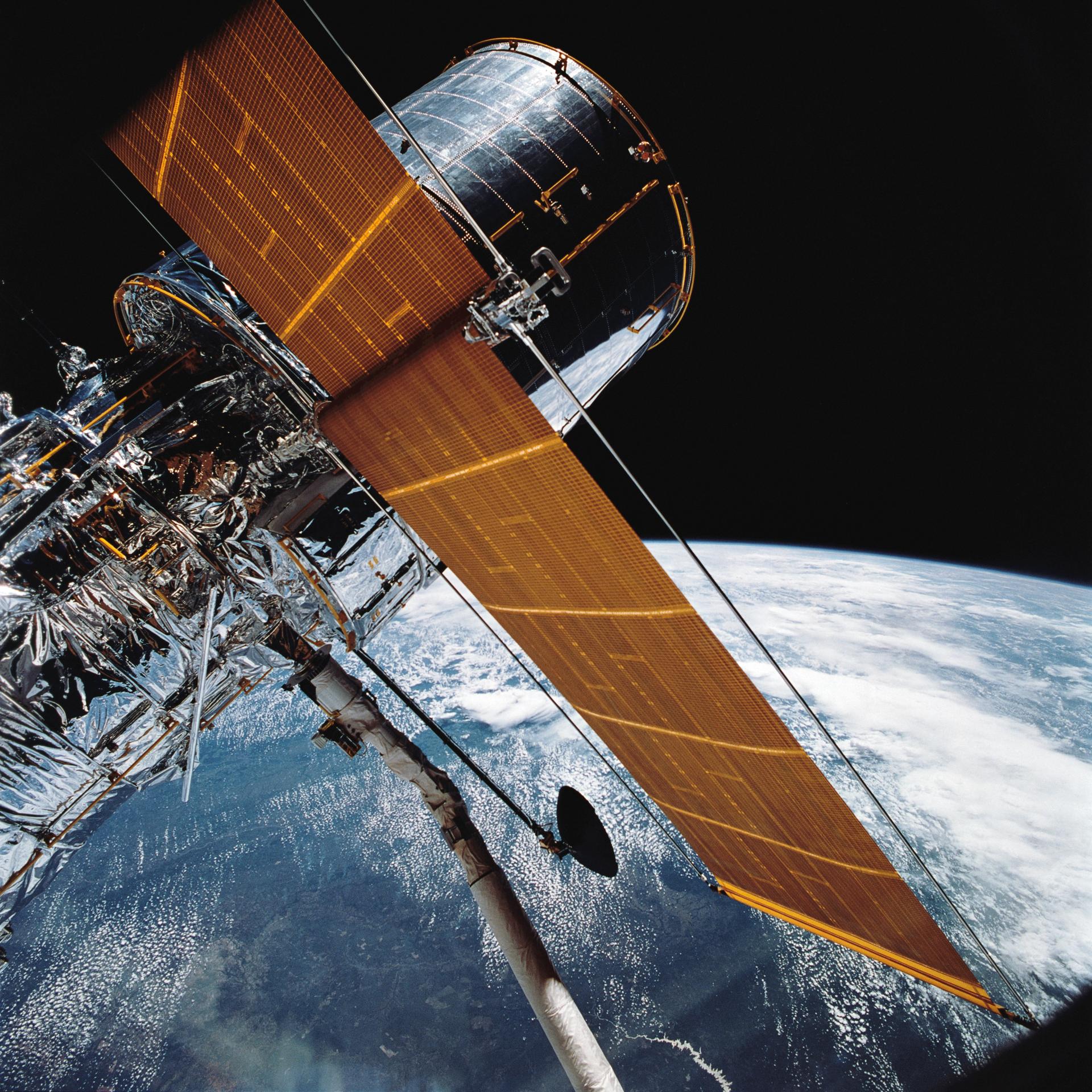Space News & Skywatching Highlights — Late July 2025

The universe remains an ever-evolving frontier. From Earth-observing collaborations to solar phenomena and Mars-bound plans, here’s a curated report of the most exciting space developments right now.
1. NASA–ISRO NISAR Set for Earth-changing Launch
- Launch Date: July 30, 2025 from Sriharikota aboard ISRO’s GSLV-F16.
- Mission Focus: NISAR (NASA–ISRO Synthetic Aperture Radar) carries dual-frequency radar capable of imaging Earth’s surface—including ice, soil, and infrastructure—with centimeter-level precision every 12 days.
- Why it matters: A game-changer in disaster management and climate monitoring. It can detect earthquakes, landslides, glacier shifts, and groundwater changes in any weather, any time of day. The Times of India+4Beaumont Enterprise+4The Times of India+4
2. TRACERS Mission Launches—Twin Satellites to Track Space Weather
- Launch Date: July 23, 2025 via SpaceX Falcon 9 from Vandenberg.
- Mission Details: Twin satellites (TRACERS) will fly in polar orbits to study magnetic reconnection events in Earth’s magnetosphere—the process behind solar storms and auroras.
- Why it matters: Critical for understanding how solar wind impacts GPS, communication networks, and power grids on Earth. These data pave the way for better early warning systems. Space+9NASA Science+9The Times of India+9NASA Science+1The Times of India+1
3. SpaceX Expands Starlink and O3b mPOWER Networks
- Starlink Launch: July 18, 2025—24 V2 Mini satellites launched into polar orbit from Vandenberg; first-stage booster landed successfully.
- O3b mPOWER Launch: July 22, 2025—two SES satellites deployed from Cape Canaveral for global broadband coverage.
- Why it matters: These launches expand high-speed internet access globally and reinforce SpaceX’s mastery of reusable launch systems. spaceflightnow.com
4. Skywatching: July Highlights and Meteor Shows
- Moon–Mars Conjunction: July 28—a slender crescent Moon passes within ~1° of Mars after sunset, making for a memorable photo-op worldwide. Wikipedia+12Live Science+12Star Walk+12
- Southern Delta Aquariids Meteor Shower: Peaks around July 31 with minimal moon interference—a prime time for meteor watching.
- Morning Planets to Spot: Mars in evening skies, while Venus and Jupiter brighten pre-dawn hours. Aquila (The Eagle) and Saturn are visible late nights through early mornings. Planetary Society+1Beaumont Enterprise+1NASA Science
5. New Missions Shaping Our Cosmic Future
- ESCAPADE (Mars Probes): Twin NASA small sats (Blue & Gold) built by UC Berkeley launch in 2025–2026 to study Mars’ plasma environment and atmospheric escape processes. Arrival expected in 2027. Wikipedia
- NEO Surveyor (NEOCam): An infrared telescope launching in ~September 2027 aboard a SpaceX Falcon 9, destined for Sun–Earth L1. Its goal: detect and catalogue potentially hazardous asteroids independently of sunlight reflection. YouTube+15Wikipedia+15Wikipedia+15
- Carruthers Geocorona Observatory: Scheduled for Late 2025, this NASA mission will image Earth’s outer atmosphere (exosphere) using ultraviolet light to study space weather effects and hydrogen corona dynamics. Wikipedia+1NASA Science+1
Why These Stories Matter
- Earth observation: NISAR transforms our ability to monitor planetary changes with precision and speed.
- Space weather forecasting: TRACERS reveals how energy from the Sun affects Earth—crucial in the era of sensitive technology and astronauts in orbit.
- Broadband expansion: Starlink and O3b improve global connectivity and support future space infrastructure.
- Skywatching events: Conjunctions and meteor showers engage the public in everyday astronomy.
- Forward-looking missions: Small satellites like ESCAPADE, NEO Surveyor, and Carruthers push boundaries in planetary science, planetary defense, and space weather research.
Looking Ahead
- Upcoming Milestones:
- July 30: NISAR launch
- Late 2025: ESCAPADE and Carruthers observatory liftoffs
- Early Sep 2027: NEO Surveyor launch
- Skywatching Tips:
- Look for Mars near the crescent Moon on July 28
- Observe meteor rates early morning July 30–31
- Pre-dawn Venus and Jupiter grow closer each day
Final Word
From Earth’s surface to interstellar frontiers, July 2025 captures a spectrum of events—from bold space missions to unforgettable night sky moments. This blend of discovery, science, and celestial beauty shows that whether in orbit or under stars, our cosmic story continues unfolding.


Wow! this was really informative and easy to read. Thanks! needed this exactly… but also for other months!
Gave voslotcasino a go. Not the worst, not the best. Could kill some time if you’re bored. Worth a shout maybe? voslotcasino.
Sup gamblers! Heard about qqlivebet for live betting action. Anyone tried placing bets there? Good odds or what?
Jeetgamedownload? Downloading is the name of the game! Anything good to grab here? Always looking for some new stuff to keep me entertained on the commute. Any recommendations? Get it here: jeetgamedownload
Heard some buzz about f88et, and had to try it. Registration was quick and straightforward. Some cool games! Take a look, you might get hooked! f88et
Just hopped on the jiliokloginapp train, and it’s alright! Easy enough to get logged in and get to what I needed. Get yours here: jiliokloginapp